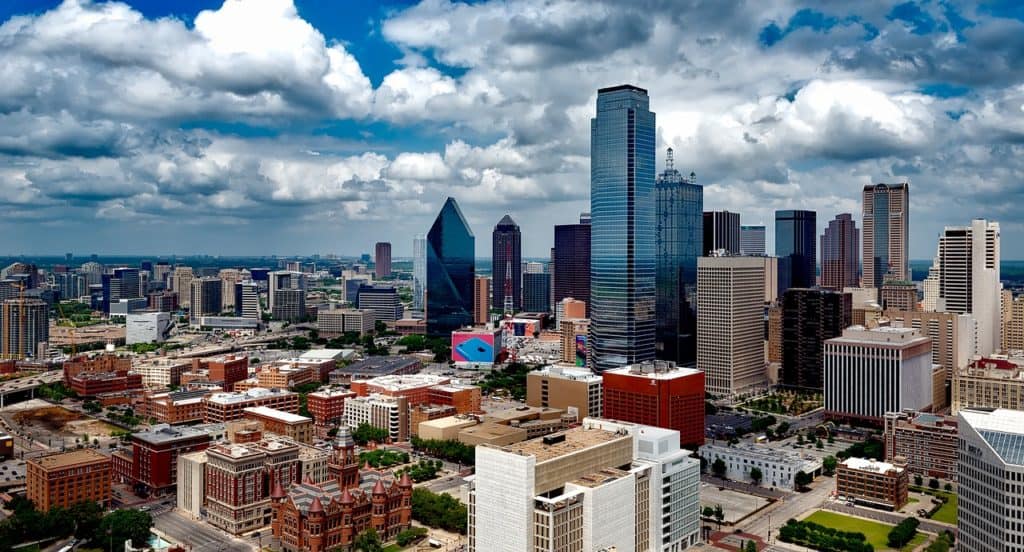James sent us this question: “Hi! I live in Dallas and had a gastric sleeve 3 years ago. I have severe reflux and had a scope done last week showing an esophageal ulcer and recurrent hiatal hernia. My biopsies are pending. I had a preop scope showing a hiatal hernia which was fixed during my sleeve. How can I know if the incisura angularis was narrowed during my surgery? Is this something that can be seen during my scope? I really do not want to have another surgery, but I don’t want to get esophageal cancer.”
Dear James,
The three components of successful sleeve gastrectomy include:
- Proper hiatal hernia repair
- Complete gastric fundus mobilization and resection
- Wide incisura angularis and preserved gastric antrum
Proper hiatal hernia repair requires distal esophageal mobilization. Most bariatric surgeons are not trained to repair properly repair hiatal hernias. The result of poorly repaired hiatal hernia is early recurrence. Recurrent hiatal hernia in the setting of sleeve gastrectomy results in severe acid reflux independent of a narrowed incisura angularis.
A narrowed incisura angularis is best diagnosed by an expert bariatric surgeon using both upper endoscopy and UGI contrast study. A gastroenterologist performing endoscopy after sleeve gastrectomy is not likely to appreciate narrowing of incisura angularis. Indeed, incisura angularis narrowing is functional rather than mechanical. It is suspected when the angle between the horizontal and vertical part of the stomach is quite sharp and requires some maneuvering to navigate during endoscopy.
We have noticed that over time, the incisura angularis dilates and repair of hiatal hernia is enough to control acid reflux in the setting of sleeve gastrectomy. Of course, severe narrowing requires sleeve to bypass conversion to remedy the acid reflux problem.

